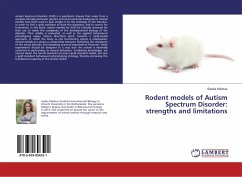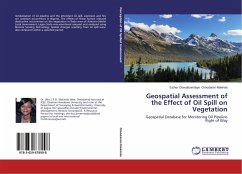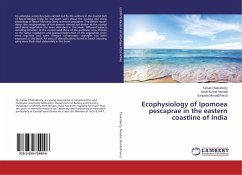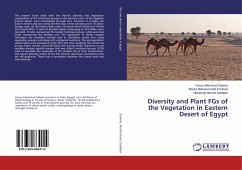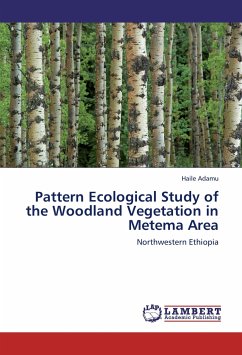Vegetation maps and bioclimatic zone classifications communicate the vegetation of an area and are used to explain how the environment regulates the occurrence of plants on large scales. Climatic parameters, floristic characteristics, or edaphic features have been relied upon as decisive factors for developing such schemes. It has been deduced that plants moved between corresponding bioclimatic areas should thrive in the target location, whereas plants moved from a different zone should languish. This notion is routinely applied in forestry and horticulture but actual tests of the validity of bioclimatic maps are scanty. Here the Finnish bioclimatic vegetation zone system is tested. Relying on the plant collection of the Botanic Garden of the University of Helsinki, which is situated at the northern limit of the hemiboreal zone, the relation between the plants provenance and survival was studied. The results gave support to the zone system, and especially its hierarchical zonation. The study also shows the importance of botanic gardens paying due attention to information management and curational practices for maintaining the scientific value of their collections.


